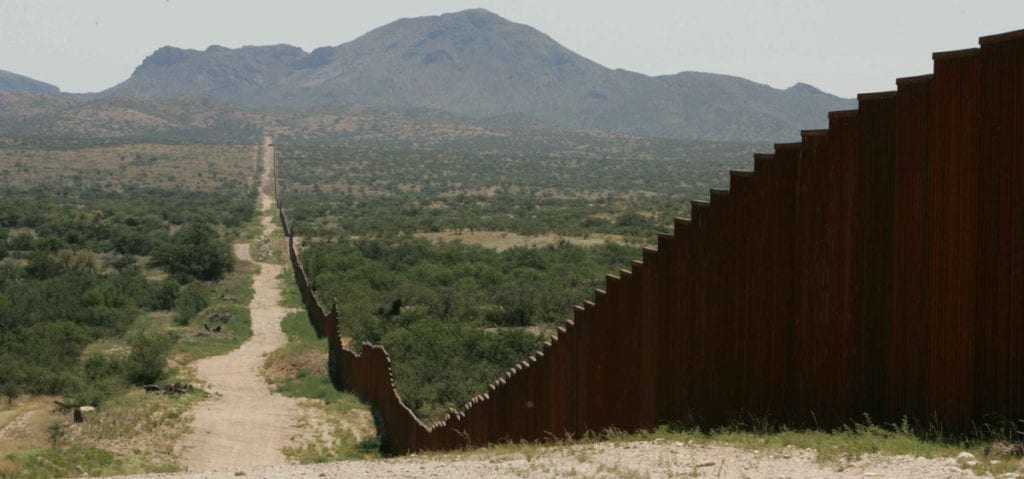An analysis of Border Patrol cannabis seizures reveals that legalization reduces cannabis smuggling significantly more than the construction of border fencing, Tom Angell reports for Forbes.
The analysis was conducted by the Cato Institute. Cannabis seizures were compared over the years 2003-2018 in relation to the construction of border fencing along the U.S. southern border.
While miles of border fencing have increased over that time, there’s little correlation between those increases and the number of cannabis seizures. Seizures were largely consistent from 2003 to 2013.
When Colorado and Washington began selling legal cannabis products in 2014, however, seizures started to fall sharply, a trend that continued through 2018 as more and more state-legal markets launched.
“Given these trends, a border wall or more Border Patrol agents to stop drugs between ports of entry makes little sense. State marijuana legalization starting in 2014 did more to reduce marijuana smuggling than the doubling of Border Patrol agents or the construction of hundreds of miles of border fencing did from 2003 to 2009.” — David Bier, immigration policy analyst at the Cato Institute, in the analysis
For decades, legalization advocates have predicted this outcome. With additional states choosing to end cannabis prohibition each year, it’s become clear that Americans prefer locally grown cannabis with consistent quality and purity assured by a regulated market over smuggled — and possibly contaminated — cannabis from outside the country.
Get daily cannabis business news updates. Subscribe
End
